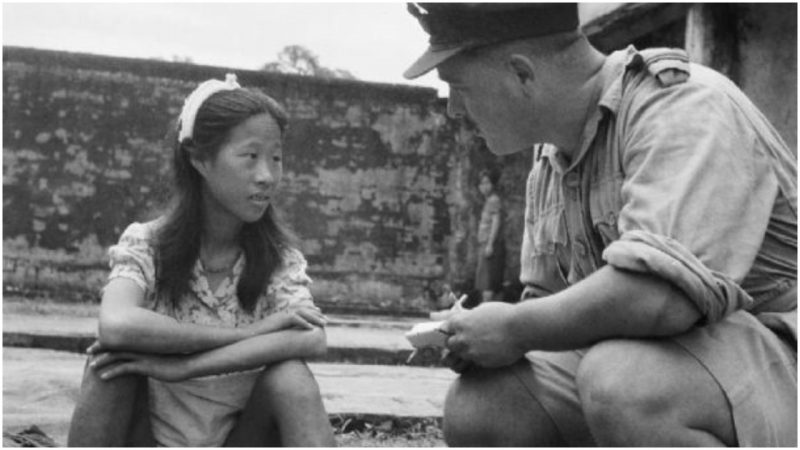In 2015 the governments of Japan and South Korea came to an agreement regarding the historic abuse of South Korean women by Japanese military forces during World War II. $8.8 million was transferred to a foundation set up to provide compensation to the families of victims, and almost $4 million of it has been applied for and allocated.
However, there have been complaints that the agreement fell short of holding Japan to account for the misdeeds, so the new government in Seoul has vowed to return the funds.
The issue of sexual slavery is a deeply emotional one between the two Western Pacific allies and will take time and careful diplomacy to settle. The two countries are united in their outlook with regard to their wider political problems in the region, such as relations with North Korea and a sometimes-overbearing China.
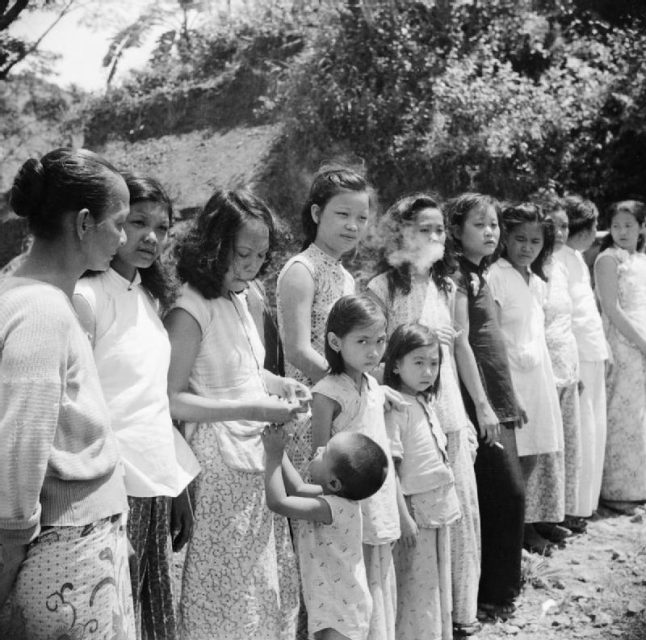
Even so, Japanese Prime Minister Shinzo Abe said in response to South Korea’s decision that the agreement had been “the final and irreversible resolution.”
He went on to express his hope that South Korea would act responsibly as a member of the international community because, should a promise between two countries be broken, “it becomes impossible to keep ties between one country and another.”
While observers do not realistically expect Tokyo and Seoul to sever diplomatic relations over the issue, it is one that is causing serious political problems in South Korea. A weekly rally is held in Busan, where women display portraits of deceased former sex-slaves.
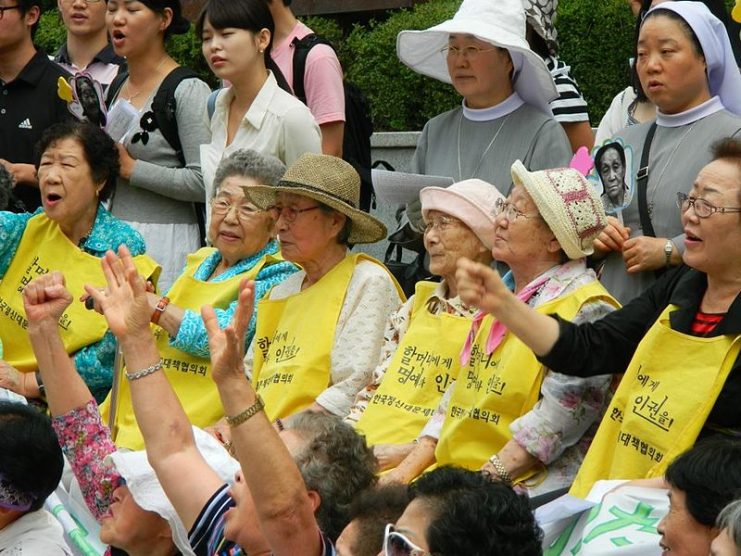
Gender Equality Minister Jin Sun Mee has said that her Ministry, which is responsible for the administration of the foundation, would now dissolve it and seek to find other means by which South Korea could restore honor and dignity to victims.
Enforced prostitution by the Japanese military in WWII has been a major source of embarrassment for successive governments since the end of hostilities. So-called “Comfort Camps” began in China in 1931 with “volunteer” prostitutes when the Japanese Imperial Army occupied parts of the country. As the army’s range expanded, local women were captured and put to work in the military brothels.
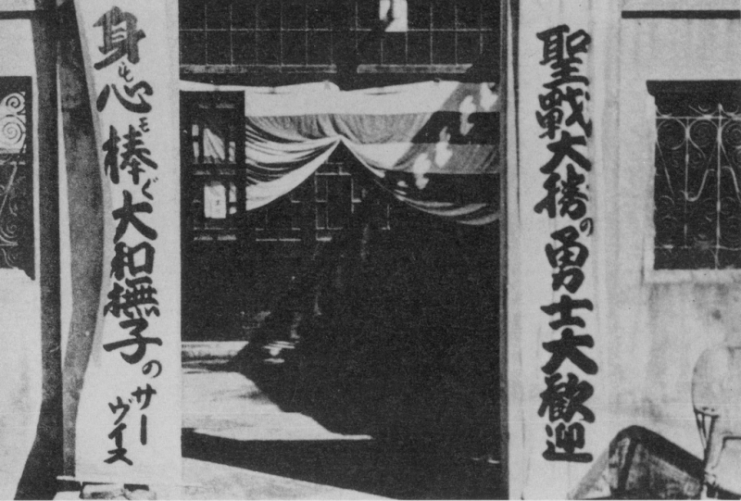
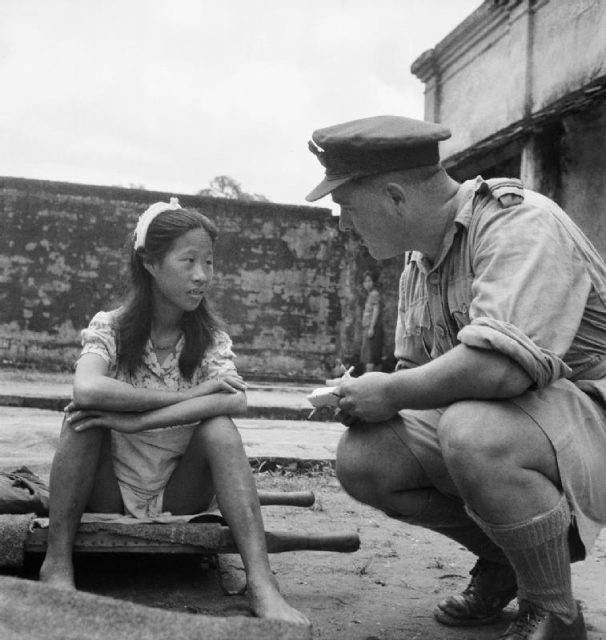
The practice continued across borders with women used as sex slaves in China, the Philippines, and the Korean peninsula.
Many women ended up far away from their homeland and, as the Japanese Army was forced into retreat, the women were left behind with no way of returning home. Their stories did not come to light until late in the twentieth century, with those that survived keeping silent about what they had suffered for many years.
The Japanese government denied any involvement with the “Comfort Camps,” claiming they were run by middlemen and that there had been no military control over them.
However, papers emerged in 1992 detailing direct military involvement with camps set up next to barracks in South Korea.
That prompted Yohei Kono, who was then the chief cabinet secretary of the Japanese Government, to publicly state that the military had been “involved in the establishment and management of comfort stations and the transfer of comfort women.”
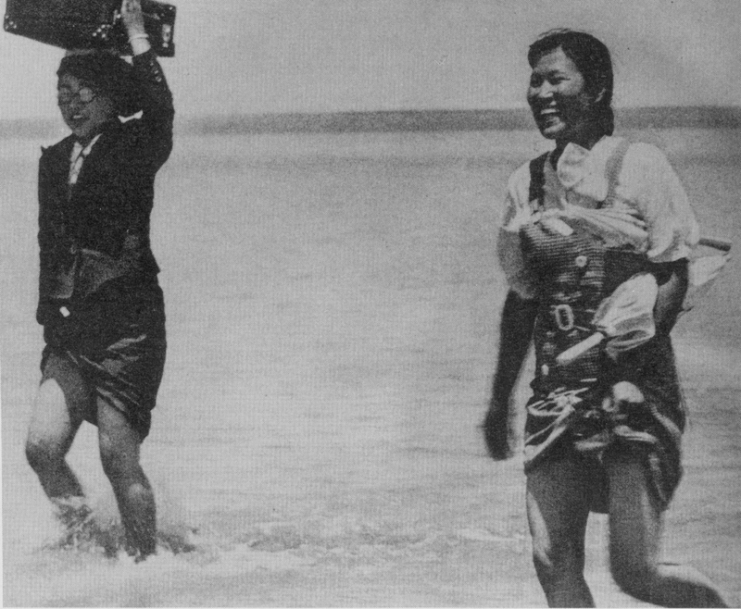
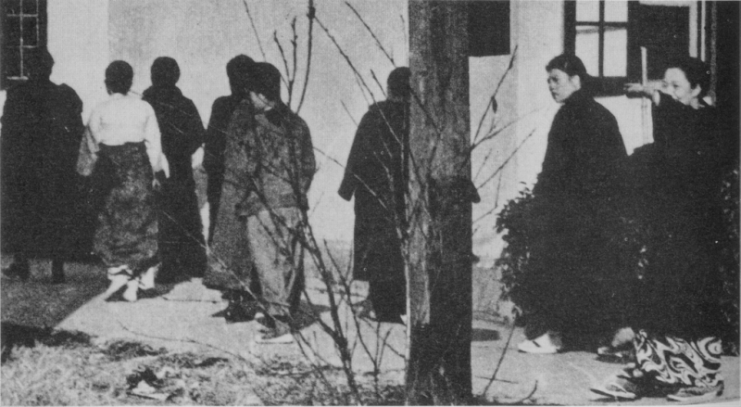
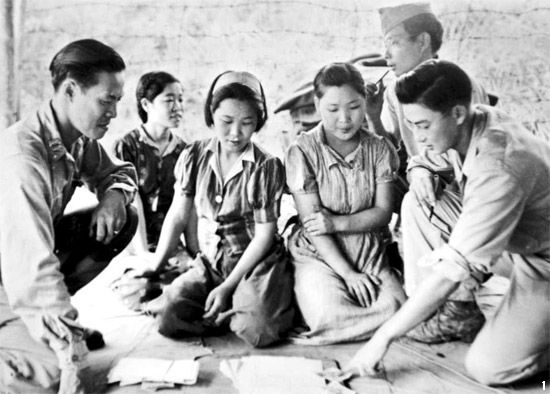
In 2011 a “Peace Monument” statue was placed in front of the Japanese embassy in Seoul. It depicted a young South Korean woman sitting in a chair, wearing traditional dress, next to an empty chair symbolizing the women who had not survived.
Similar statues have appeared in a number of places, most recently in 2017 opposite the Japanese consulate in Busan where the weekly protests continue.
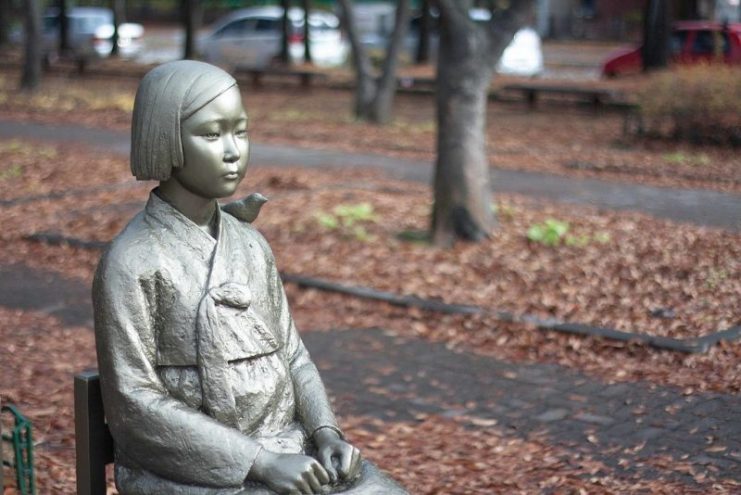
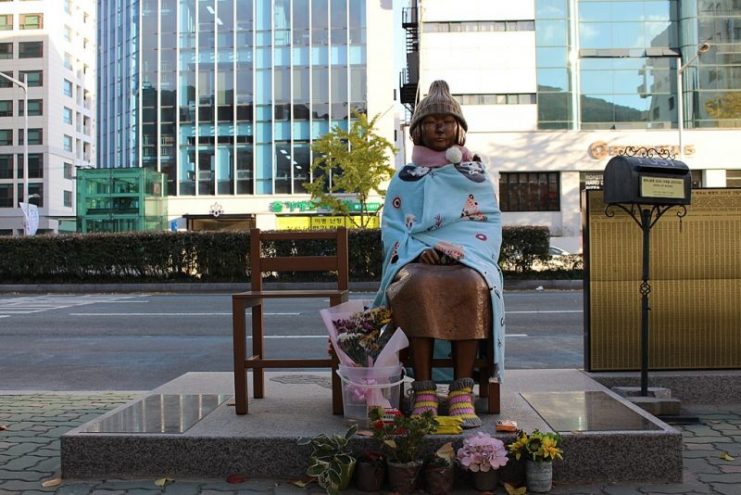
The Korean Peninsula was occupied by Japan from 1910 to 1945, and there is still considerable resentment regarding this period in the nation’s history. Added to that, estimates put the number of comfort women abused by the Japanese in South Korea at between 50,000 and 200,000.
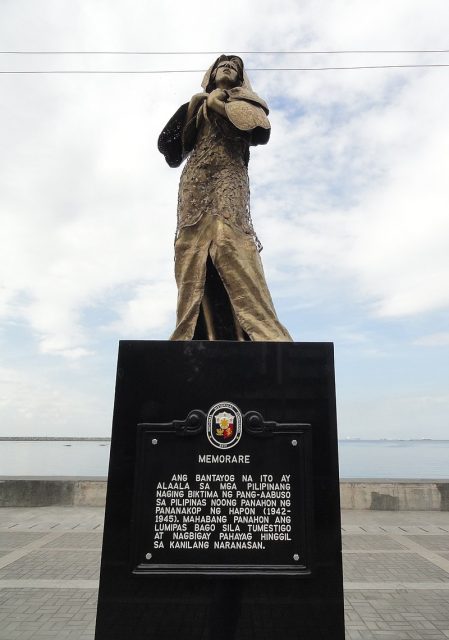
Read another story from us: “Comfort Women” of WWII Abandoned by Japan – Critics Charge
The 2015 apology and compensation agreement, totaling more than a billion yen, was supposed to settle the issue, but it has remained a problem.
For those involved in South Korea, there is a sense that the intent and the funds available for the foundation do not go anywhere near far enough. Meanwhile, in Japan, there are many who believe the claims are exaggerated.
